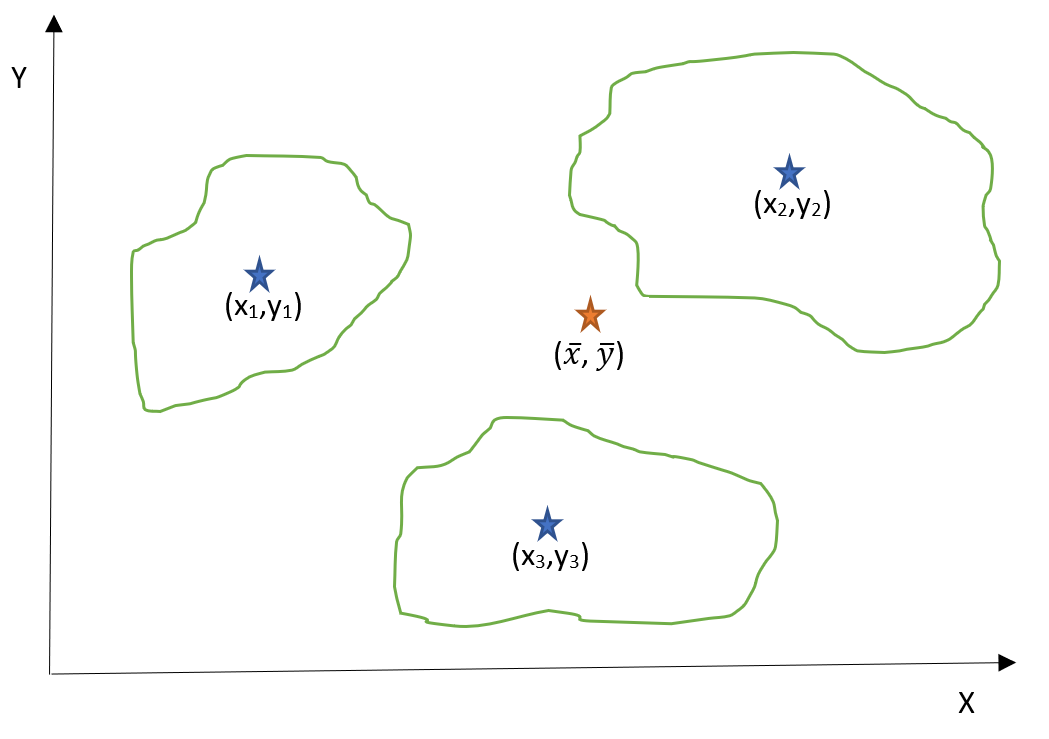8 Facility Location

There are many factors that can determine where an organization will locate its facilities. For any given situation, some factors become more important than others in how facility location affects an organization’s performance. For example, when a company needs to open a new manufacturing facility, there are several factors that determine which location reduces the company’s operating costs while providing a great level of responsiveness to the market.
Key Factors in Facility Location Decision-Making
- Proximity to sources of supply:
- Firms that process bulk raw materials usually locate close to the source of supply to reduce transportation costs. Paper mills locate close to forests, canneries are built close to farming areas, and fish processing plants are located close to the harbors where the fishing vessels dock.
- Proximity to customers:
- There are several reasons why an organization would locate close to end customers. Service firms need to be close to customers to be convenient, as is the case for grocery stores, gas stations, fast food restaurants, and hospitals. Transportation costs can also require proximity to customers, as in the case of concrete manufacturing. Perishable products often require that they be produced close to the final market, as is the case for bakeries and fresh flowers.
- Community factors:
- Communities may offer a number of incentives to entice companies, including waiving or reducing taxes, and providing access roads, water and sewer connections, and utilities. Community attitudes can also play a role in an organization’s location decision. Some communities may actively discourage companies that might bring more pollution, noise, and traffic to the area. Some communities may not want a prison to be located in their community. Other communities may welcome such firms because of the jobs, tax revenues, and economic diversity they promise.
- Labor factors:
- Research shows that the majority of location decisions are largely based on labor factors, since labor is a critical variable for many firms. Labor factors include the prevailing wage rate in a community for similar jobs, the supply of qualified workers, and the average education level of the local population (percentage of high school graduates, etc.). Other labor factors can include the degree of union organizing and the general work ethic of a community, as well as other measures of absenteeism, and worker longevity in a job can play a strong role when a firm makes a location decision.
- Other factors:
- Many other factors can play a role in the location decision, including quality of life (crime rates, good schools, climate, and recreation options), access to major transportation arteries, construction costs, proximity of the competition, and opportunities for future expansion.[1]
Methods for Finding the Best Facility Location
Location Factor Rating
One method to assist in choosing the best location is the Location Factor Rating (also known as Weighted Scoring Model). The various factors important in this decision are decided upon and each is given a weight between zero and 1.0 to reflect each factor’s importance. Every site is then evaluated in comparison with each other and given a score. Weighted scores are calculated by multiplying each score by its corresponding weight. When weighted scores are summed up, the highest weighted score reflects the location which is the most attractive based on all factors.
Example
| Location Factor | Weight | Site #1 | Site #2 | Site #3 |
| Proximity to Suppliers | 0.3 | 80 | 85 | 80 |
| Business Environment | 0.25 | 65 | 90 | 55 |
| Wage Rates | 0.15 | 72 | 55 | 65 |
| Community | 0.1 | 65 | 60 | 40 |
| Proximity to Customers | 0.1 | 55 | 90 | 70 |
| Labour Pool | 0.05 | 40 | 45 | 65 |
| Proximity to Airport | 0.05 | 60 | 55 | 80 |
|
Weighted Scores
|
||||
| Location Factor | Site #1 | Site #2 | Site #3 | |
| Proximity to Suppliers | 24.0 | 25.5 | 24.0 | |
| Business Environment | 16.3 | 22.5 | 13.8 | |
| Wage Rates | 10.8 | 8.3 | 9.8 | |
| Community | 6.5 | 6.0 | 4.0 | |
| Proximity to Customers | 5.5 | 9.0 | 7.0 | |
| Labour Pool | 2.0 | 2.3 | 3.3 | |
| Proximity to Airport | 3.0 | 2.8 | 4.0 | |
| Total Score | 68.1 | 76.3 | 65.8 |
In this example, site #2 shows the highest score when evaluated against site #1 and #3. So, we choose site #2.
Centre of Gravity Method
In order to minimize transportation costs, the centre of gravity method may be used to locate a facility that serves several area (or other facilities) such as a warehouse or distribution centre. This method uses an (X-Y) coordinate system to cover the geographical map of the areas under study, and identifies the x and y coordinates for the location of the new facility based on the coordinates of the other facilities and the volume (quantity) of demand for each area (facility). For example, in the following figure, each blue star represents a market area that needs to be served, and the size of area also shows the demand quantity for that market. We are looking for the whereabouts (i.e., x̄ and ȳ) of the location for our facility to be set up to serve all these markets while minimizing our total transportation costs.

In the following, we show the formulas and use them in an example:

x̄ = the x coordinate for the new facility
ȳ = the y coordinate for the new facility
xi = x coordinate of destination (market) i
yi = y coordinate of destination (market) i
Qi = quantity to be transported to destination i
Example
Using the center of gravity method and the information on the location of the potential markets, determine where the new facility should be located to minimize the total transportation cost. Note that a selected point in the middle of each region is representing the regional market.
| Market | Volume | X | Y |
| London | 600 | 1 | 2 |
| Toronto | 400 | 3 | 4 |
| Kingston | 550 | 6 | 4 |
| Barrie | 800 | 2 | 6 |

Accessible format for Figure 8.1-8.3
- Saylor Academy. (2019). Location Choice and Site Planning in BUS300: Operations Management. Retrieved on December 23, from https://learn.saylor.org/mod/page/view.php?id=21970 ↵

